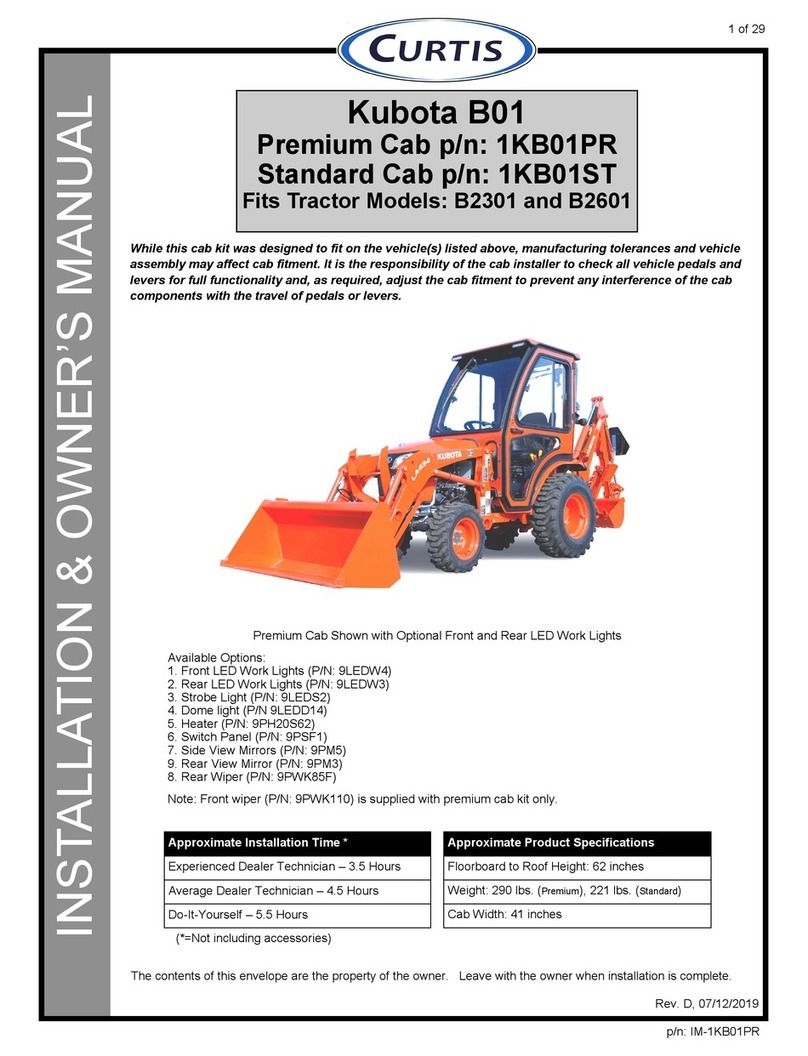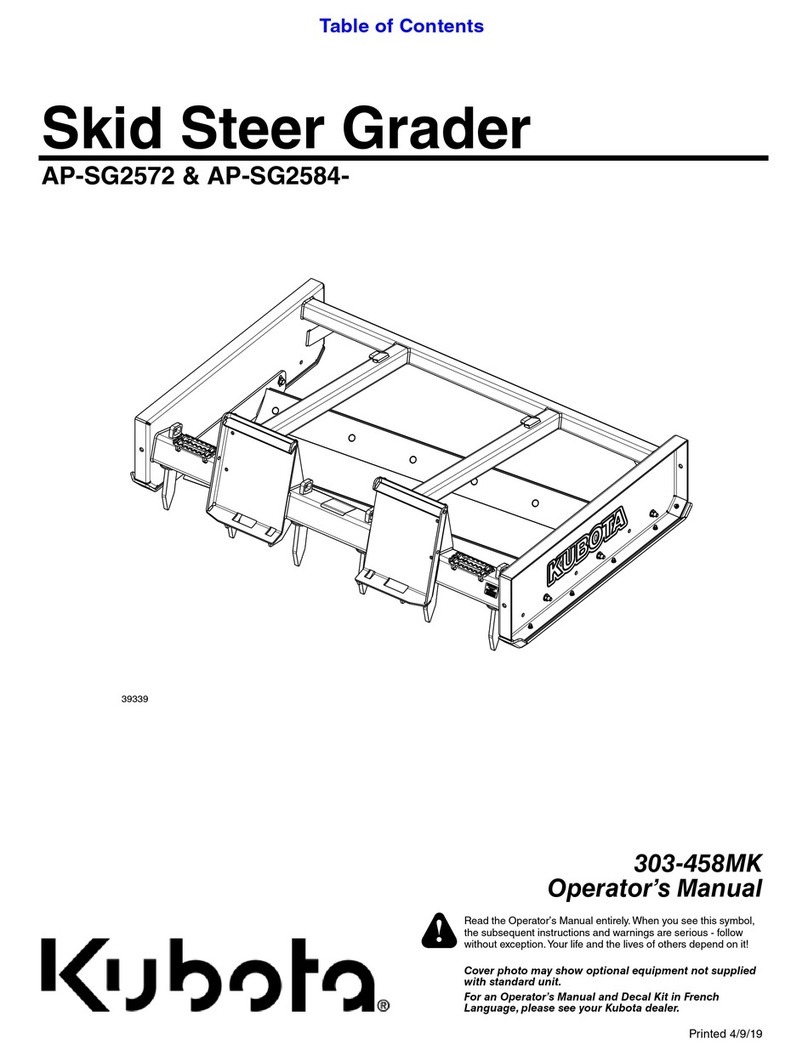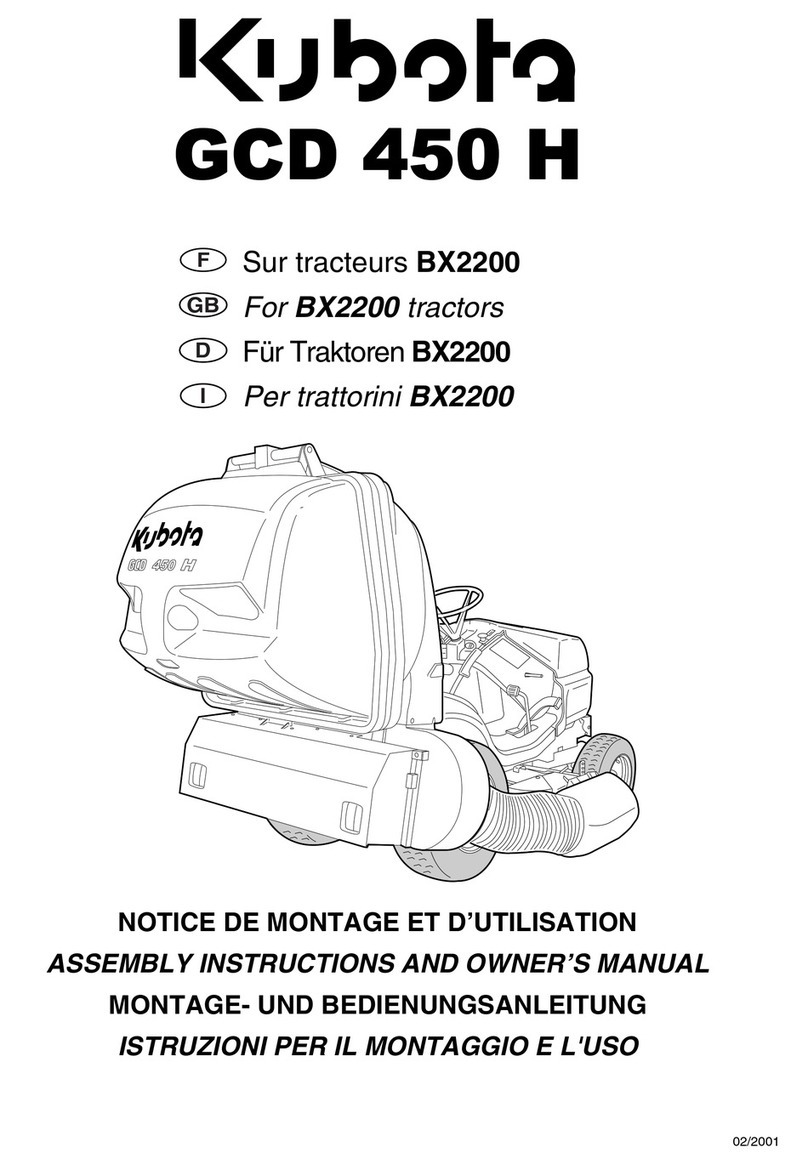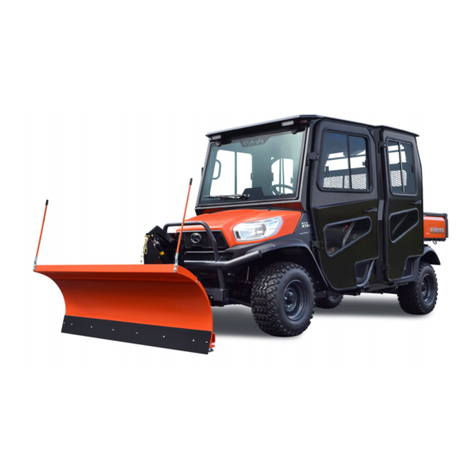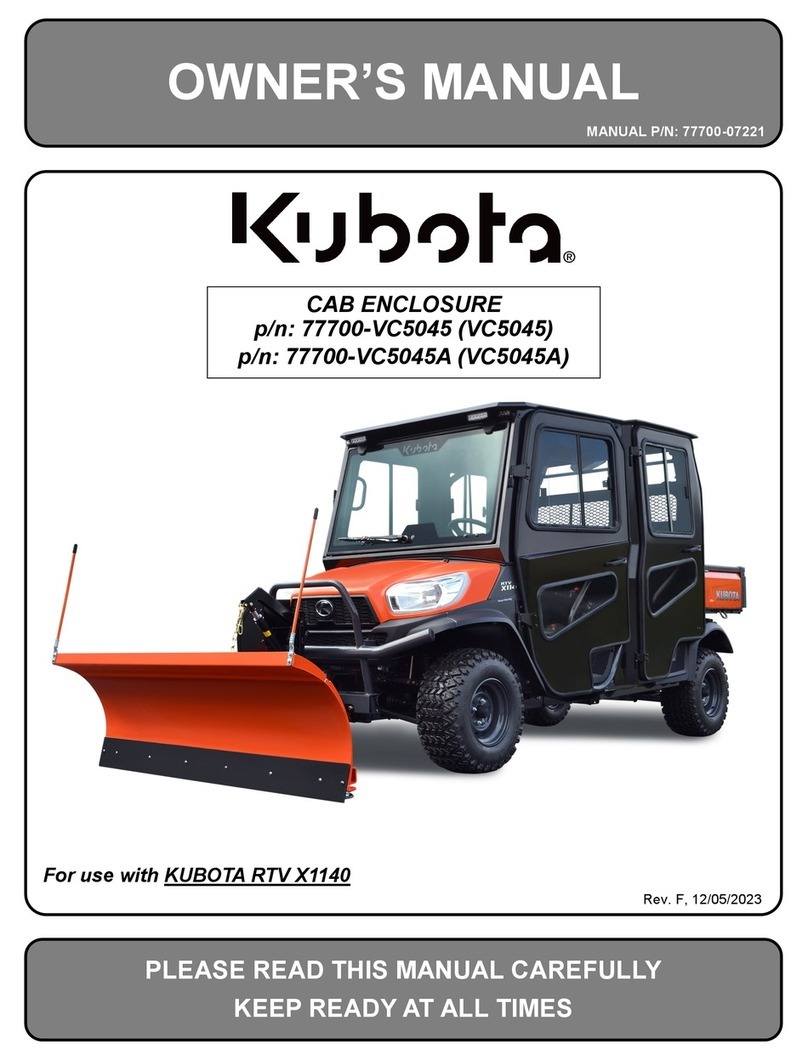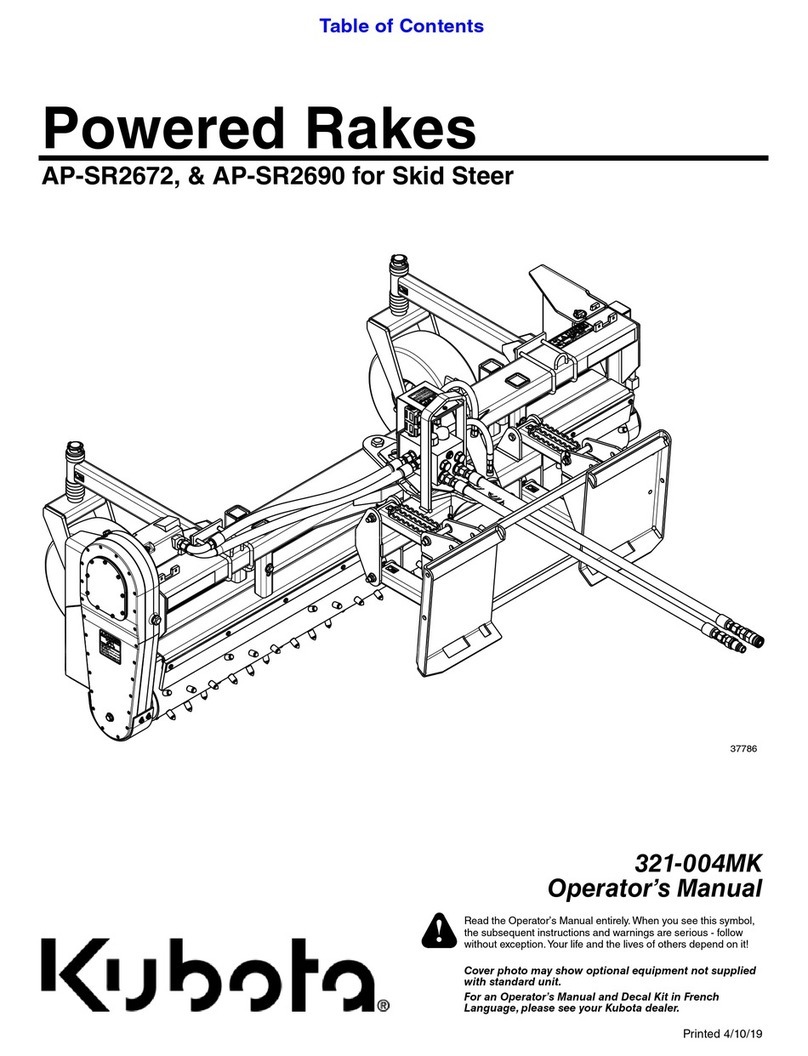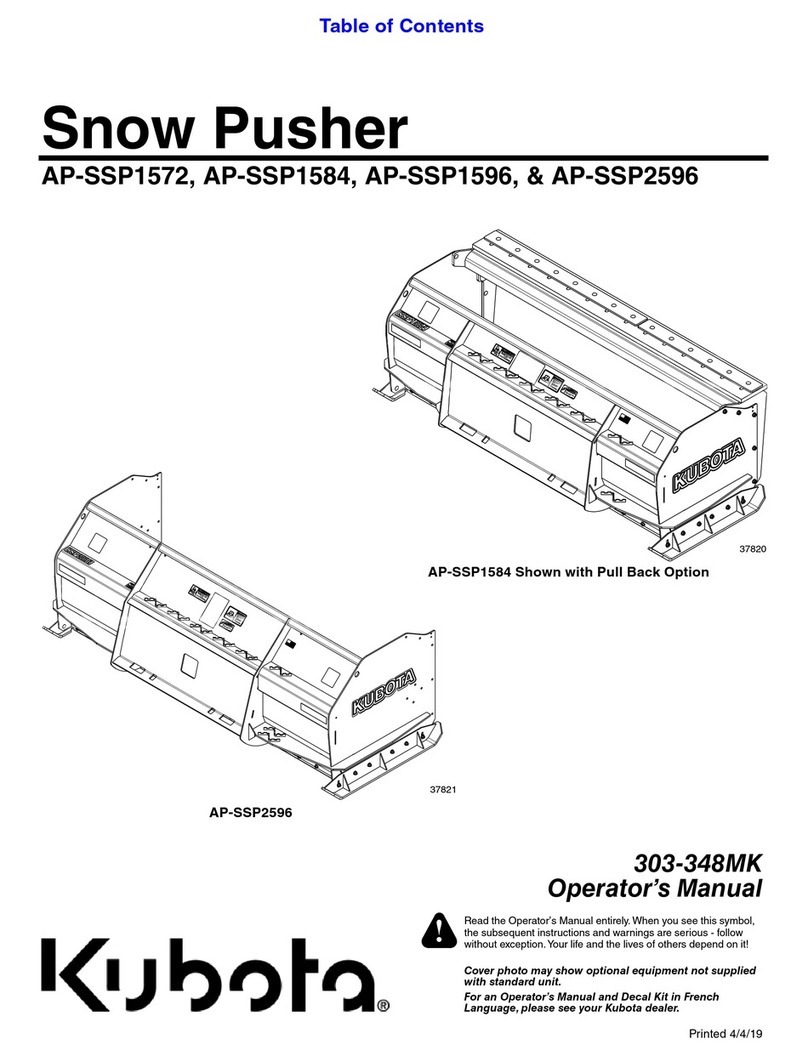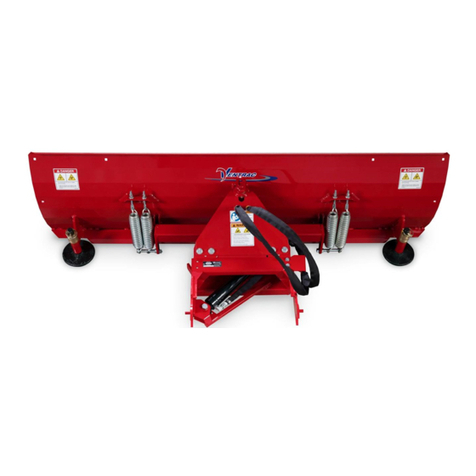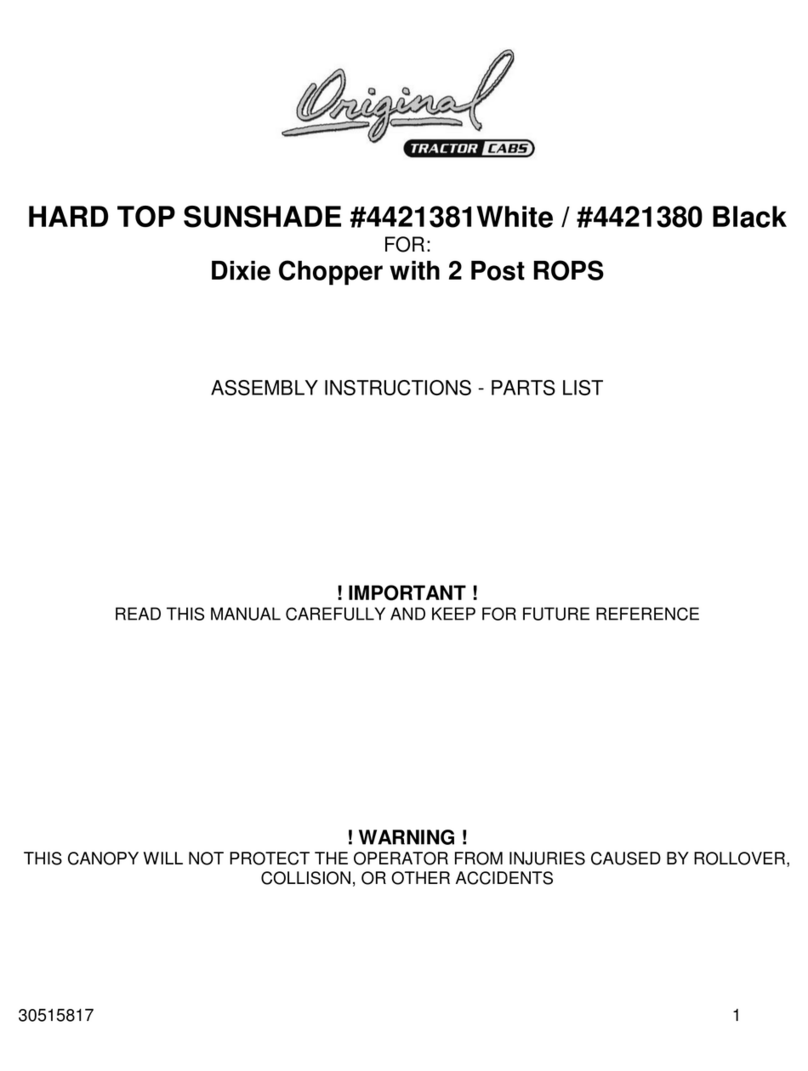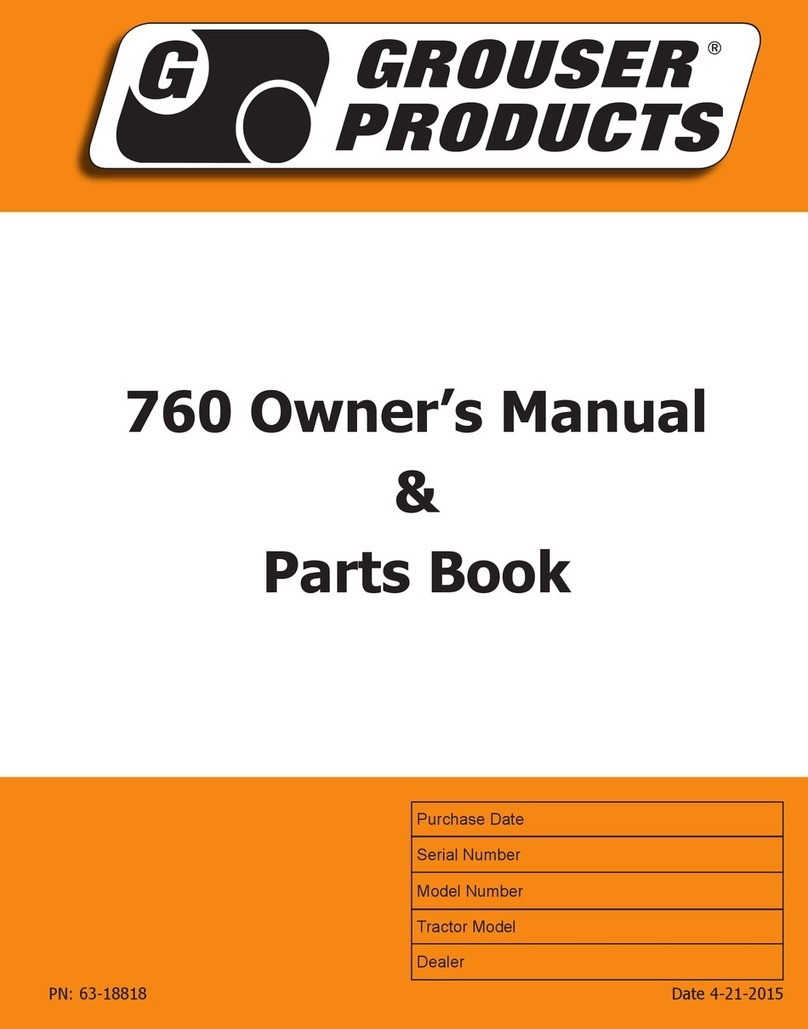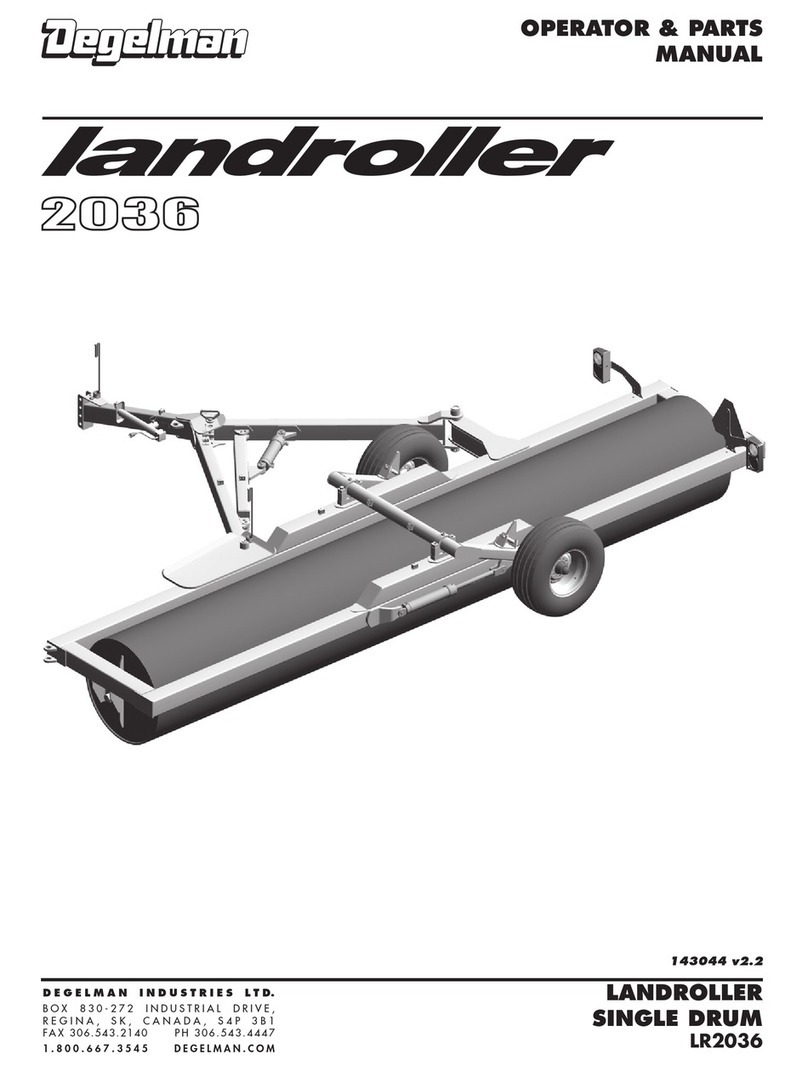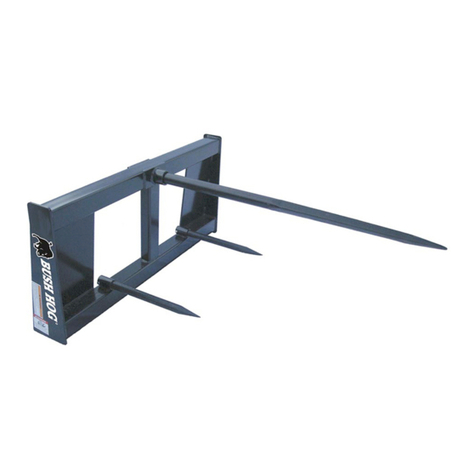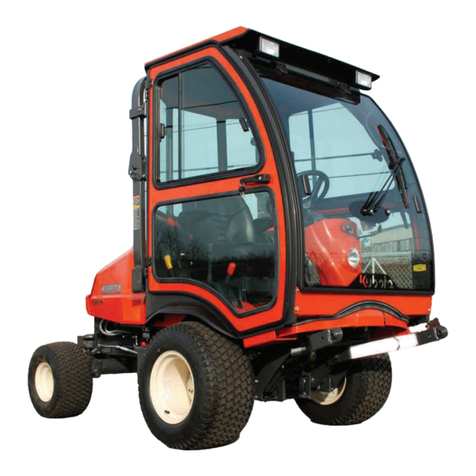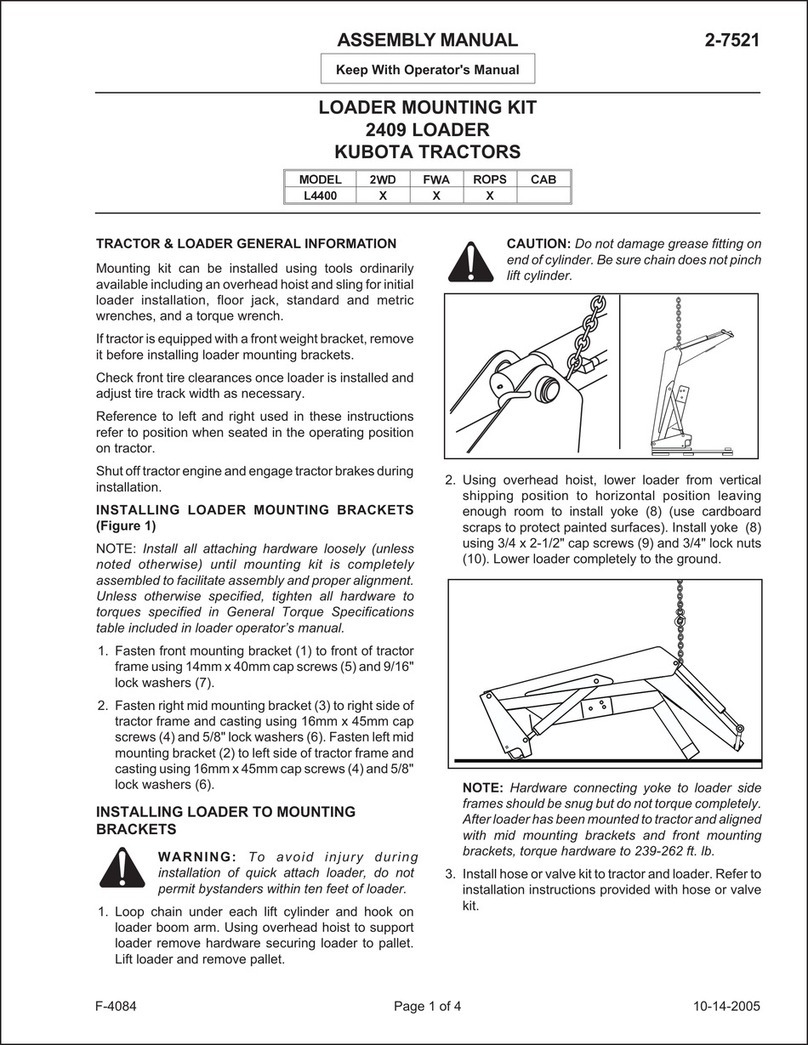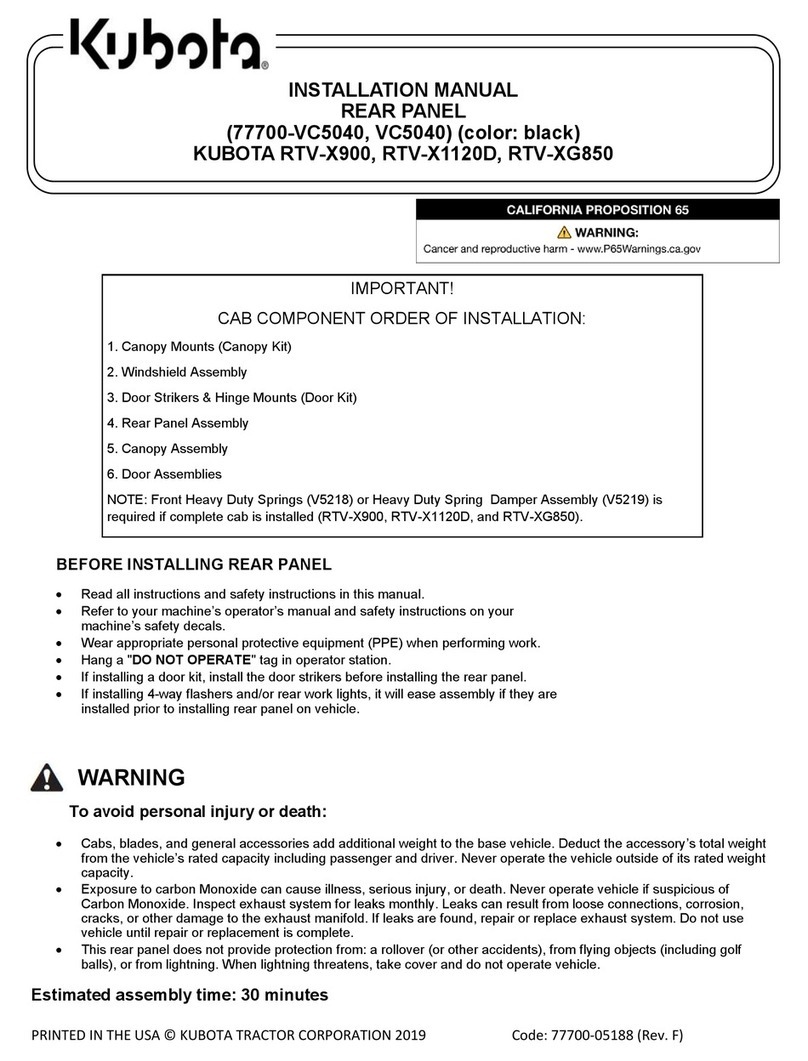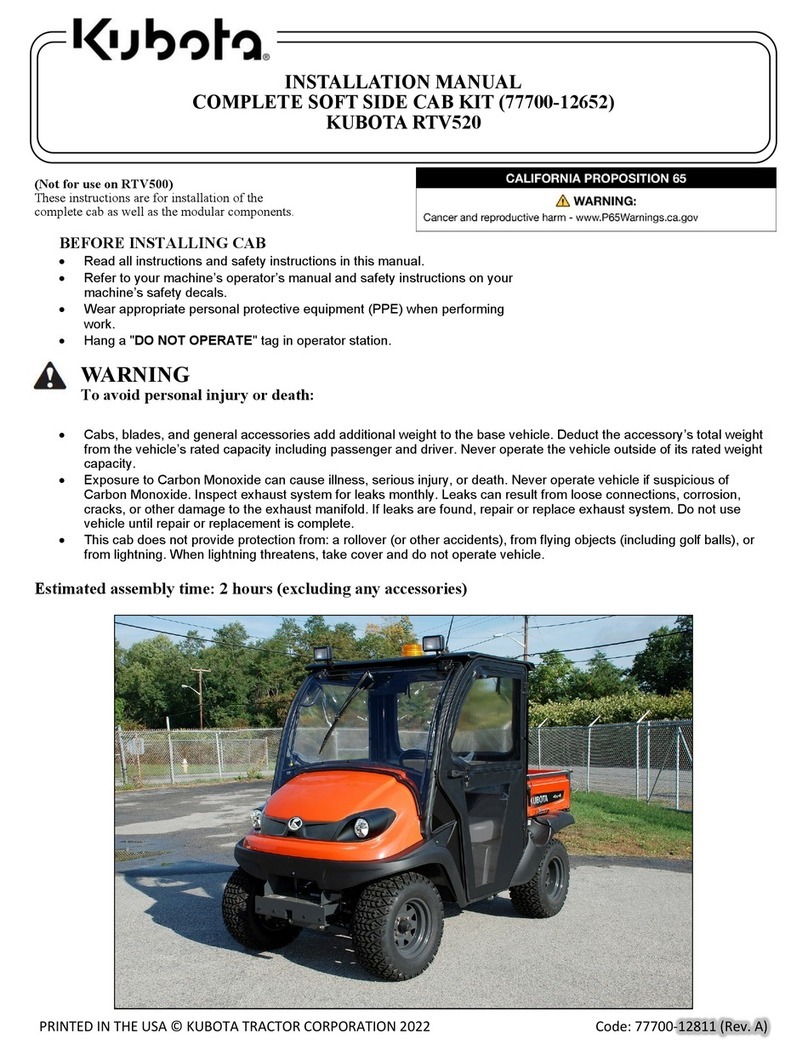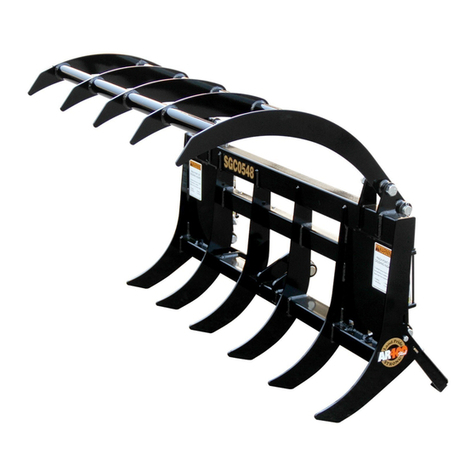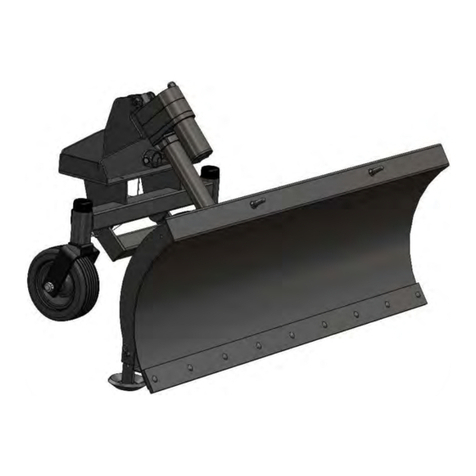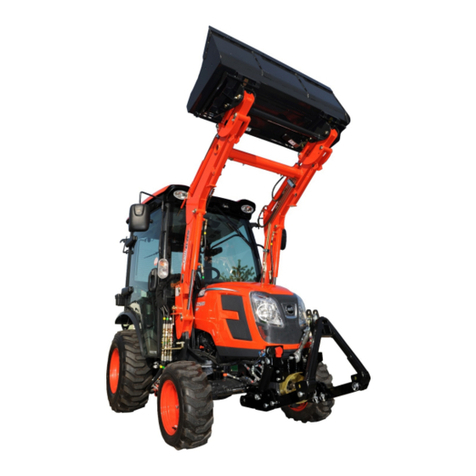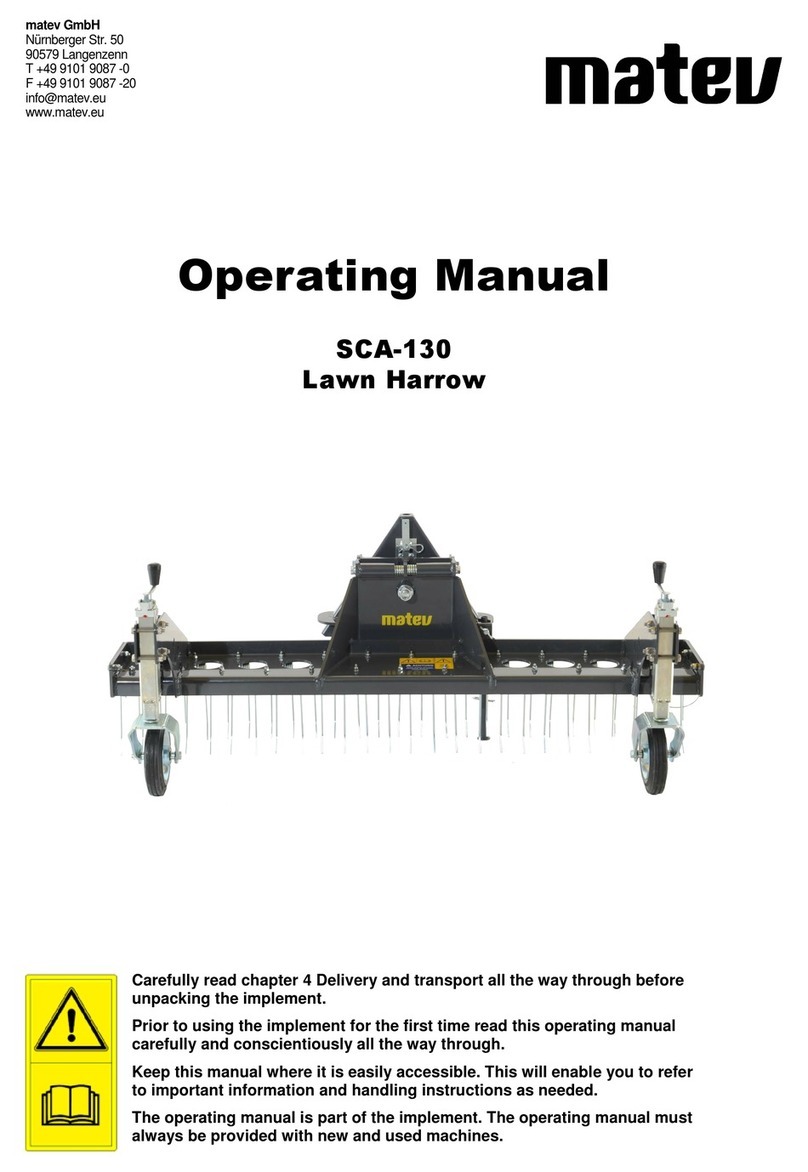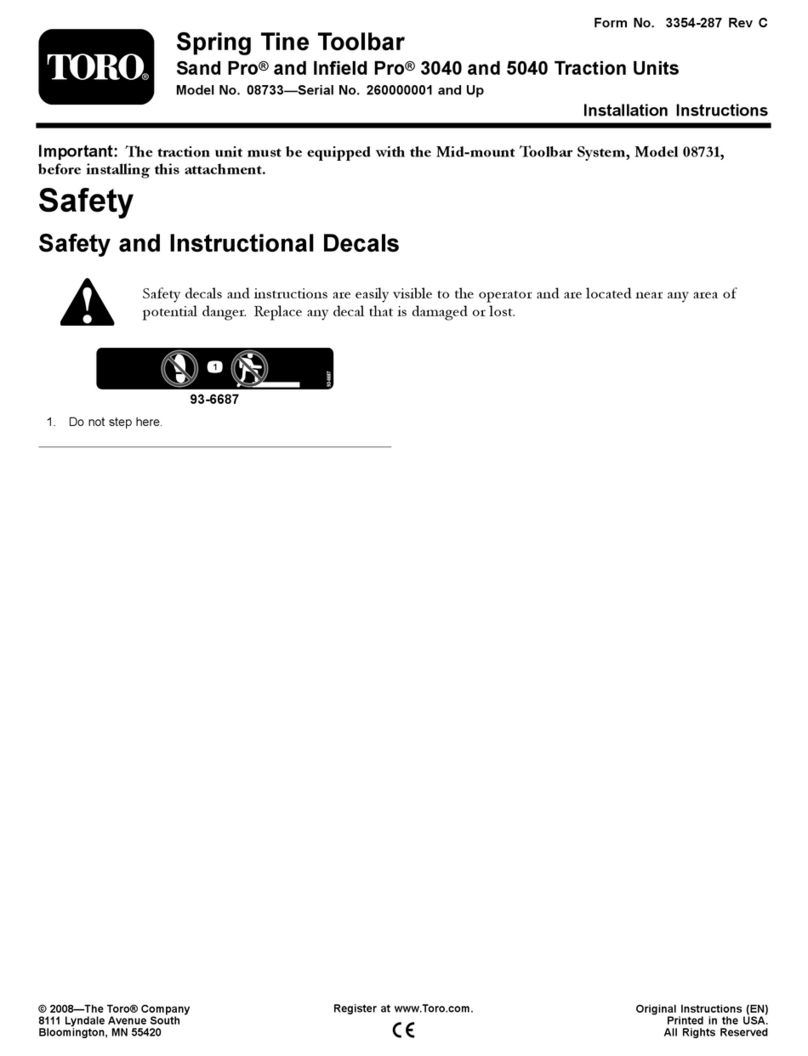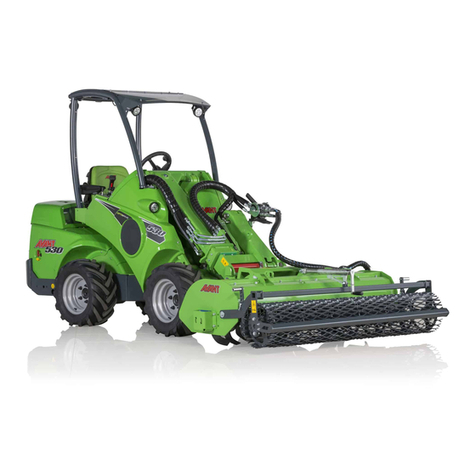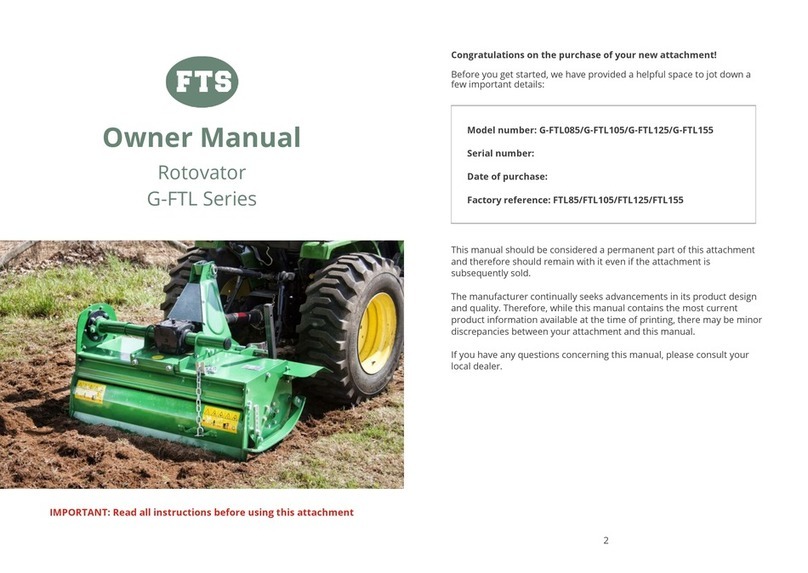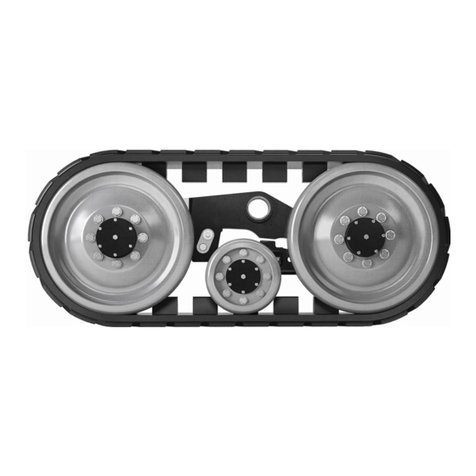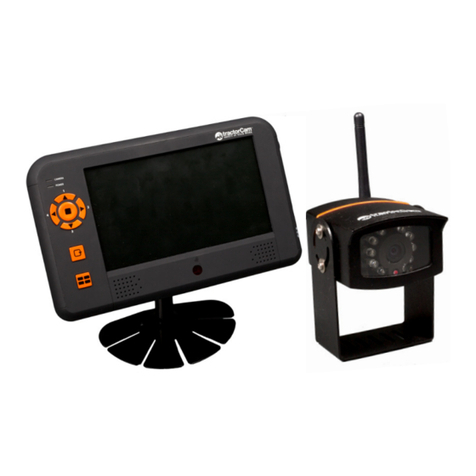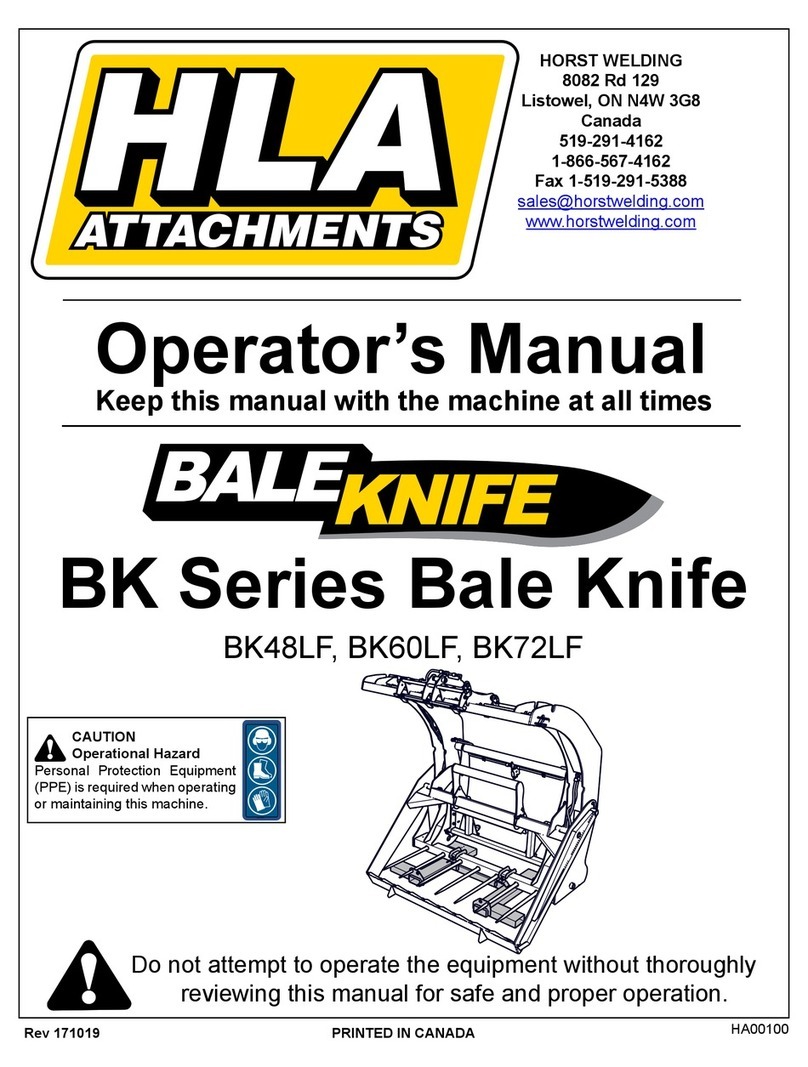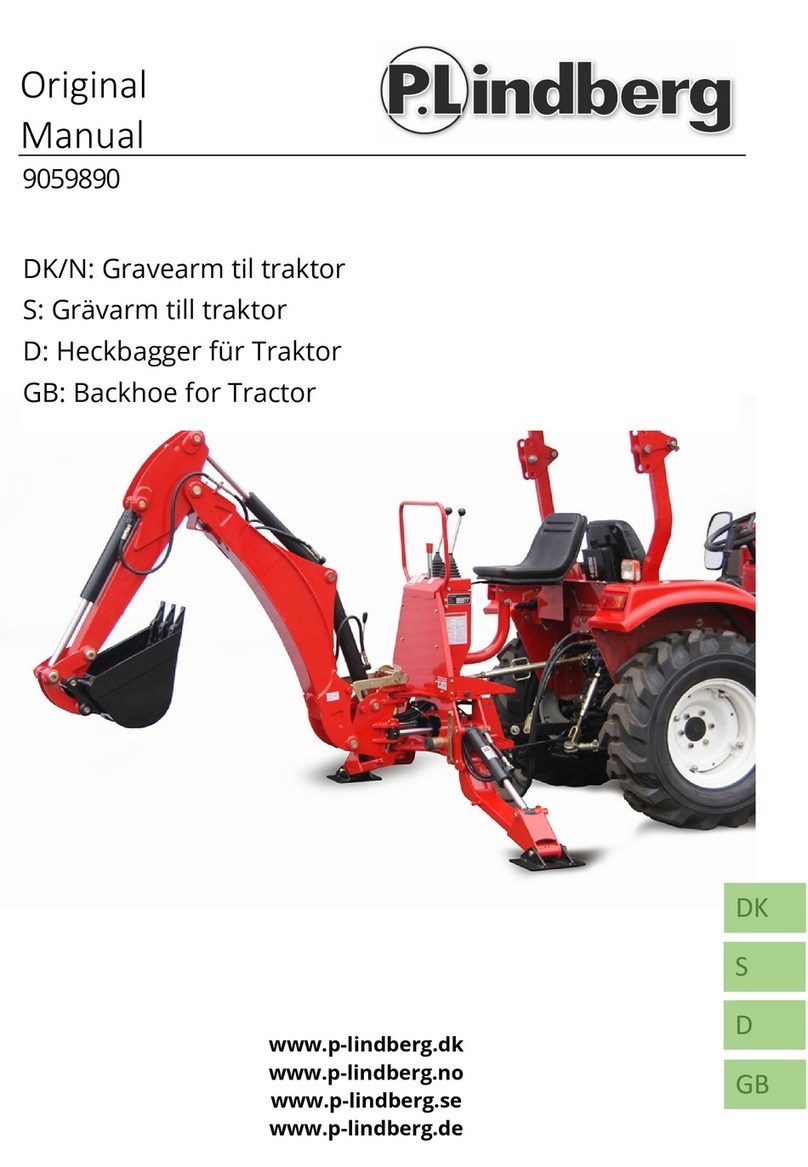3
GENERAL SAFETY INFORMATION
BEFORE YOU START SERVICE
• Read all instructions and safety instructions in this
manual and on your machine safety decals.
• Clean the work area and machine.
• Park the machine on a stable and level ground, and
set parking brake.
• Lower the implement to the ground.
• Stop the engine, then remove the key.
• Disconnect the battery negative cable.
• Hang a “DO NOT OPERATE” tag in the operator
station.
• When performing maintenance on the equipment,
hang the DO NOT OPERATE sign where it will be
obvious from and around the driver’s seat
• When performing maintenance or repairs, always
lower attachments to the ground, stop the engine
and secure the tracks with blocks.
• When performing maintenance on the equipment,
always disconnect the negative battery cable.
• Before using tools, make sure you understand how
to use them correctly and use tools in good condition
and of the right size for the job.
START SAFELY
• Do not do the procedures below when you start the
engine
- short across starter terminals
- bypass the safety start switch
• Do not alter or remove any part of machine safety
system.
• Before you start the engine, make sure that all shift
levers are in neutral positions or in disengaged
position.
• Do not start the engine when you stay on the
ground. Start the engine only from operator’s seat.
STARTING THE MACHINE SAFELY
• Before starting the engine, always sit in the driver’s
seat and make sure the area is safe and clear.
• As it is dangerous, never start the engine from
anywhere but the driver’s seat
• Always check and make sure control lever(s) are not
engaged before starting the engine.
• Never start the engine by hot-wiring the starter
circuit. This is not only dangerous, but may damage
the machine.
• Wear clothes appropriate for working on equipment.
Do not wear loose-fitting clothes as they may catch
on the machine controls.
• When working on the equipment, use all safety gear,
such as a helmet, safety glasses and shoes, that are
required by law or regulation.
• Never perform maintenance while drowsy or under
the influence of alcohol or drugs.
BE READY FOR AN EMERGENCY
• Keep a first-aid kit and fire extinguisher close at
hand so you can use it when needed.
• Keep emergency contact information for doctors,
hospitals and ERs handy.
KEEP A GOOD AIRFLOW IN THE WORK AREA
• If the engine is in operation, make sure that the area
has good airflow. Do not operate the engine in a
closed area. The exhaust gas contains poisonous
carbon monoxide.
NO SMOKING OR OPEN FLAMES WHILE FUELING
• Fuel is extremely flammable and dangerous. Never
smoke near fuel. If fuel is spilled on the machine, its
engine, or electrical parts, it may cause a fire. If fuel
is spilled, wipe it all up immediately.
• Never smoke while filling machine with fuel. And
always tighten the fuel cap securely and wipe up any
spilled fuel.
• Before getting on/off of the machine, clean off
around the steps so there is no mud on them.
Always give yourself 3-point support when getting
on/off the machine
CAUTION
• 3-point support means using both legs and
one hand or both hands and one leg as you
climb up/down.
• Do not remove the radiator cap when the engine
operates, or immediately after it stops. If not, hot
water can spout out from radiator. Only remove the
radiator cap when it is at a sufficiently low tempera-
ture to touch with bare hands. Slowly loosen the cap
to release the pressure before you remove it fully.
• The engine, muffler, radiator, hydraulic line, etc.,
have parts that remain very hot even after the engine
has been stopped. Be sure to avoid these parts, as
touching them can result in burns. Radiator coolant,
hydraulic fluid and oil also remain hot. Therefore, do
not attempt to remove caps and plugs, etc., before
these fluids have sufficiently cooled.
• Make sure the coolant temperature has dropped
sufficiently before opening the radiator cap. Also
since the inside of the radiator is pressurized, when
removing the cap, first loosen it to release the
pressure before removing the cap completely.
• Grease is under high pressure inside the hydraulic
cylinder. It is very dangerous to loosen a grease
nipple quickly as it may shoot off. Always loosen
grease nipples slowly.
• And never face a grease nipple while loosening it.
• The pressure in the hydraulic circuit stays at pres-
sure even after the engine stops. Before removing
parts, such as hydraulic devices from the machine,
first release the pressure. Please note that when
releasing residual pressure, the machine itself and/or
implements may move without warning, so be very
careful when releasing the pressure.
• Oil gushing out under pressure is extremely danger-
ous as it may pierce your skin or your eyes. Similar-
ly, oil leaking out of pinholes is not visible. So when
checking for oil leaks, always wear safety glasses
and gloves and use a piece of cardboard or a wood
block to shield yourself from oil.
• Do no open a fuel system under high pressure. The
fluid under high pressure that stays in fuel lines can
cause serious injury. Do not disconnect or repair the
fuel lines, sensors, or any other components be-
tween the fuel pump and injectors on engine with a
common rail fuel system under high pressure.
• Put on an applicable ear protective device (earmuffs
or earplugs) to prevent injury against loud noises.
• Be careful about electric shock. The engine gener-
ates a high voltage of more that DC100 V in the ECU
and is applied to injector.
